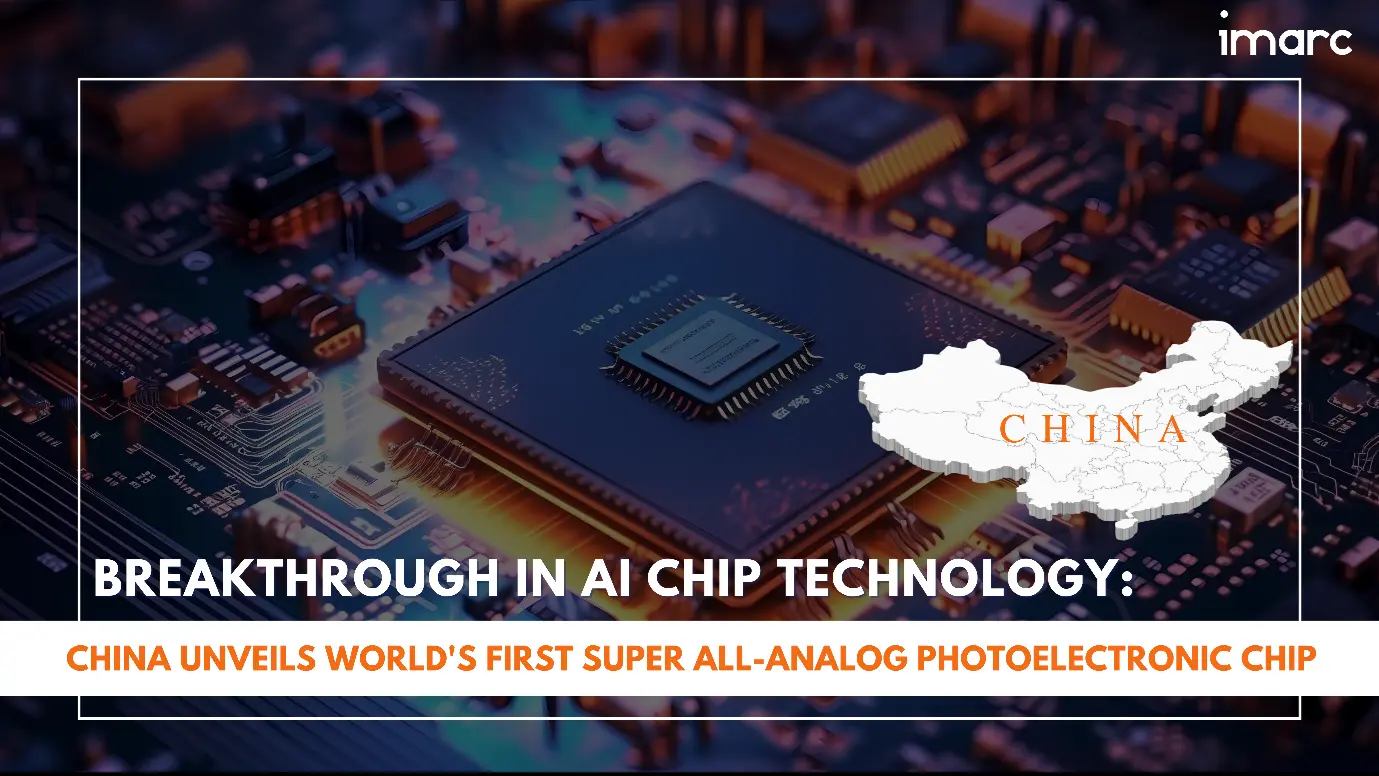The Future is Here: Exploring the Revolutionary Potential of 5G Technology
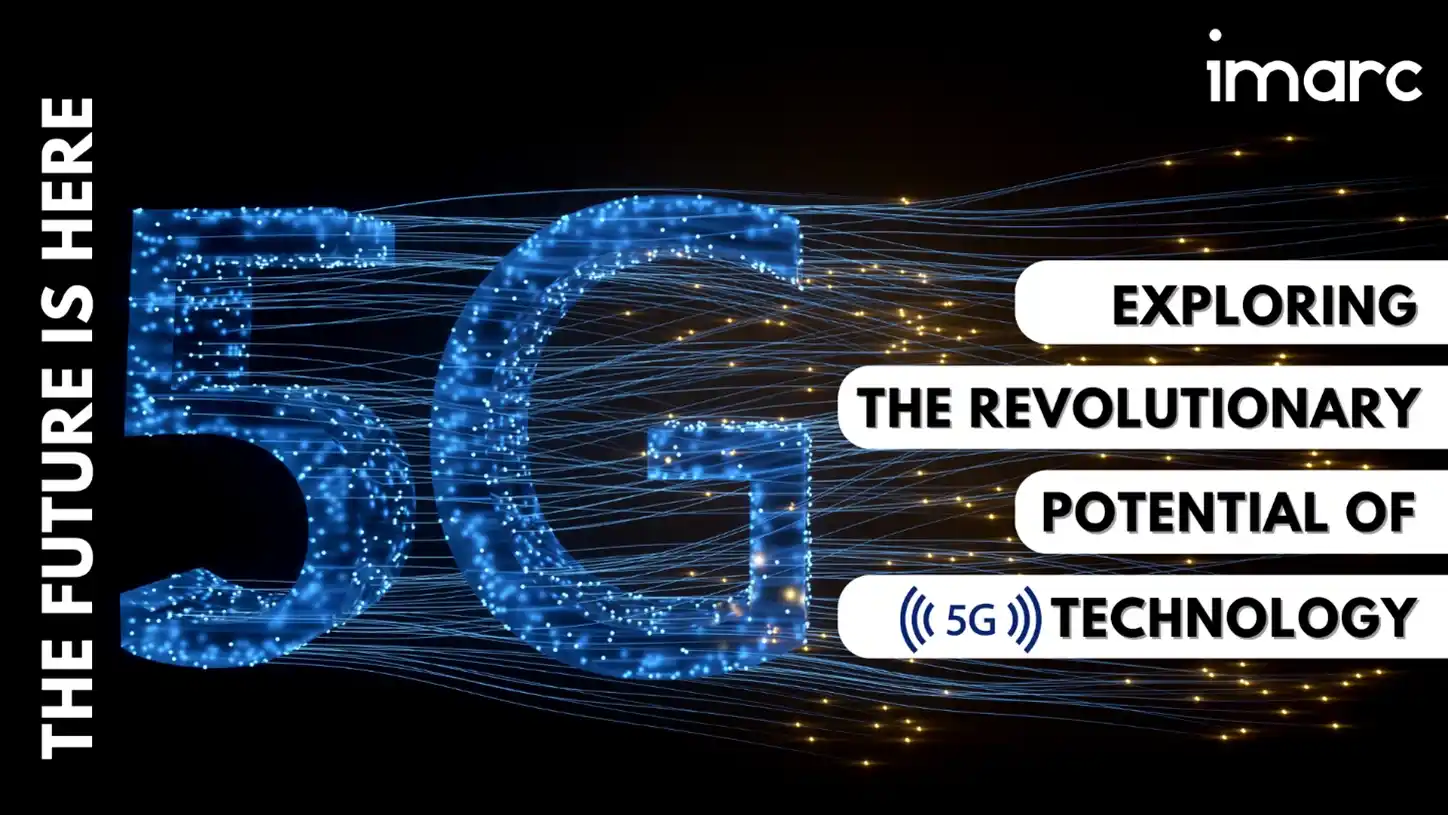
5G technology or fifth-generation wireless technology is the latest advancement in mobile communication systems that provides enhanced data transfer speeds, reduces latency rates, improves reliability, and increases network capacity. This technology operates in the mm-wave spectrum, the spectrum band ranging from 30 to 300 gigahertz (GHz), which facilitates high-speed networks and faster data delivery. 5G technology supports the growth of emerging technologies like artificial intelligence (AI), machine learning (ML), and edge computing, enabling new business models and unlocking economic potential. It enhances the performance of business applications and digital experiences, such as video conferencing, online gaming, live streaming media, and self-driving cars. The components included in 5G technology are hardware, software, and services, and it is utilized in a wide range of applications, such as automation, video services, connected vehicles, smart homes, virtual & augmented reality, and monitoring & tracking. For better connectivity of networks, various industries, such as manufacturing, automotive, transportation & logistics, media & entertainment, energy & utilities, healthcare, government, and others, have deployed 5G technology extensively.
5G Technology: Unlocking a New Era of Connectivity
The global 5G technology market is expected to exhibit a CAGR of 49% during 2023-2028, as per recent findings by IMARC Group. The demand for 5G technology has increased substantially over time. Various factors contributing to the market's growth are outlined below.
Rising Adoption of AR and VR Technology: VR and AR are used in various industries, such as gaming, entertainment, healthcare, education, and manufacturing, which require high-speed connectivity to deliver immersive and interactive experiences. 5G technology makes VR and AR applications more realistic and responsive, offering faster data transfer speeds and reducing latency.

Increasing Industry Digitalization and Automation: Many sectors, such as manufacturing, logistics, healthcare, and energy, are undergoing digital transformation. Owing to this, the demand for 5G technology has risen in several sectors as it offers advanced automation, remote monitoring, and real-time data analysis. In addition to this, the adoption of 5G also improves operational efficiency, reduces costs, and enables new business models.
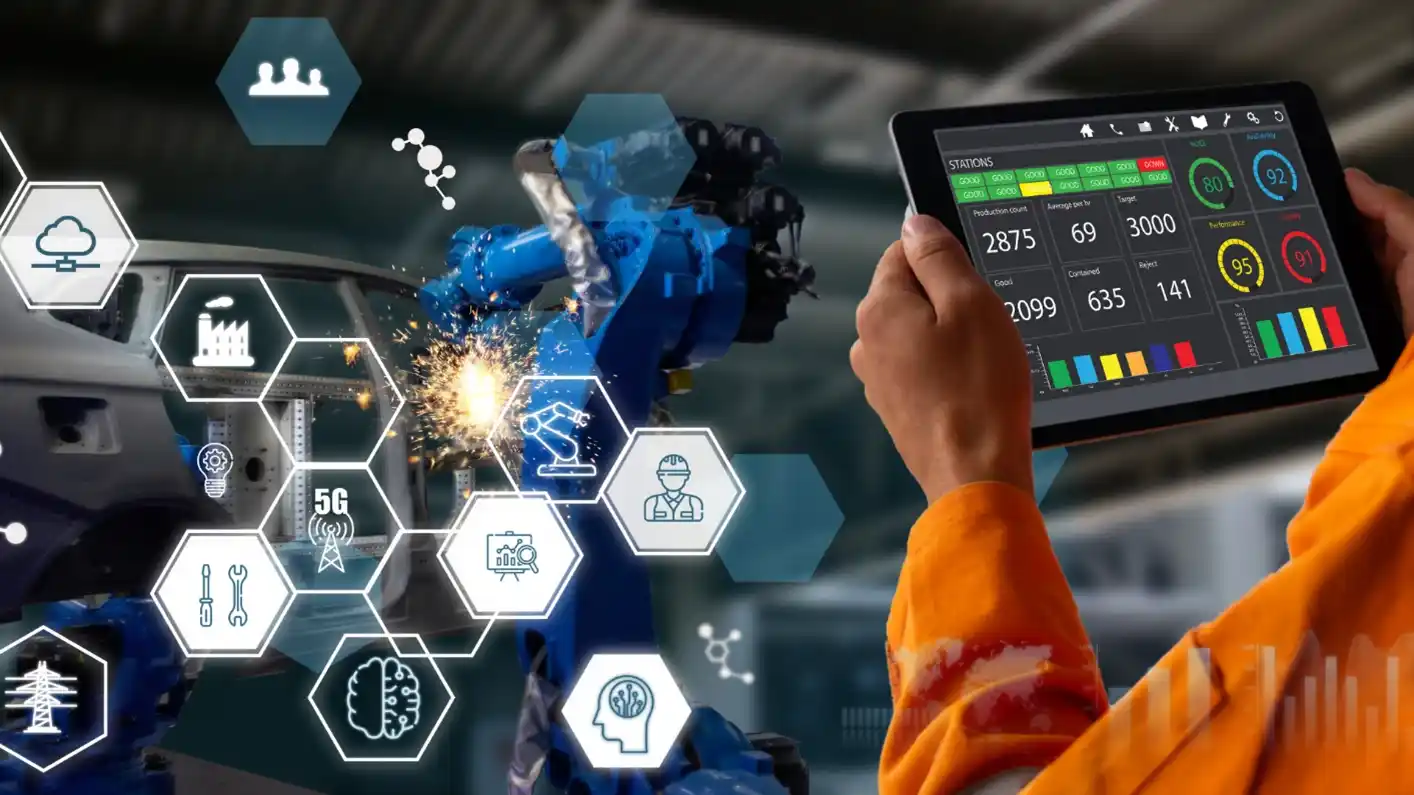
Growing Demand for the Internet of Things (IoT): 5G networks manage large IoT devices simultaneously and provide efficient communication and real-time data exchange for applications like smart homes, industrial automation, and smart cities. It offers constant connectivity and low latency for IoT devices. The broader adoption of IoT devices is increasing the demand for 5G networks.
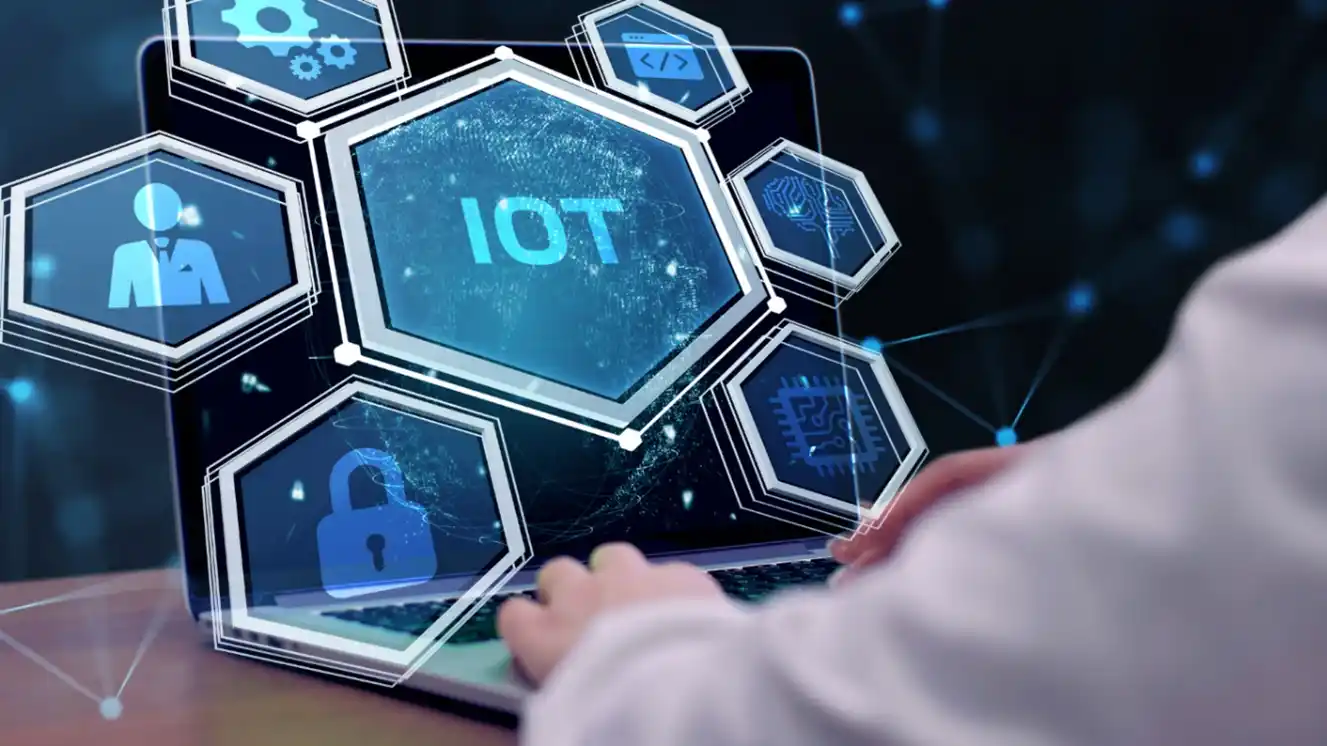
Autonomous Vehicle Advancements: Self-driving cars and autonomous vehicles require high-speed and low-latency connectivity for real-time navigation, traffic monitoring, and vehicle-to-vehicle communication. 5G technology offers the required bandwidth network, enabling safe and efficient autonomous transportation.
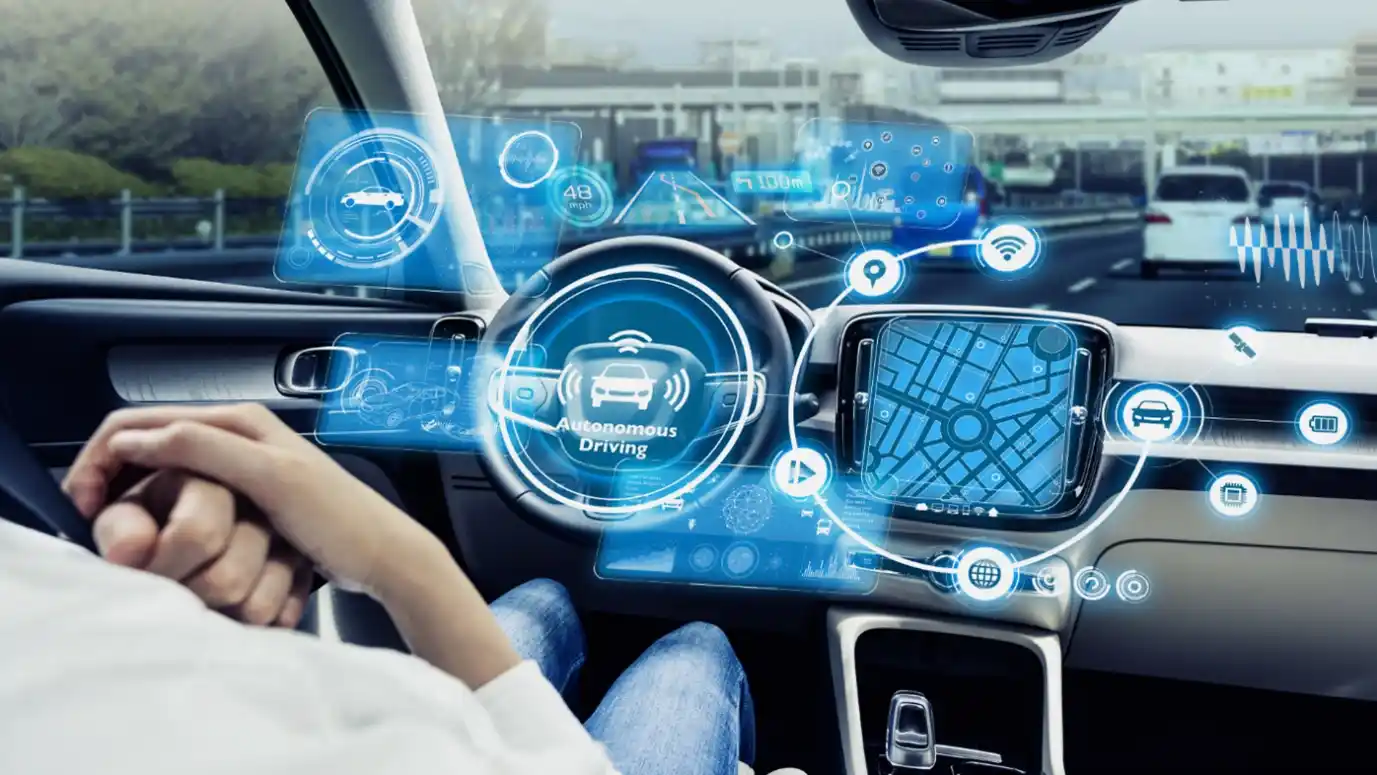
Enhanced Mobile Broadband: 5G technology delivers a high-bandwidth network that enables users to stream high-definition videos, play online games, and download large files more efficiently. It improves the mobile broadband experience and provides new opportunities for content providers, service providers, and application developers.
Apart from these, government of many countries are also supporting the adoption of 5G technology by investing in infrastructure development, creating favourable policies, and providing incentives to network operators and businesses to accelerate the deployment of 5G networks, with the aim to boost economic growth, improve competitiveness, and foster innovation.
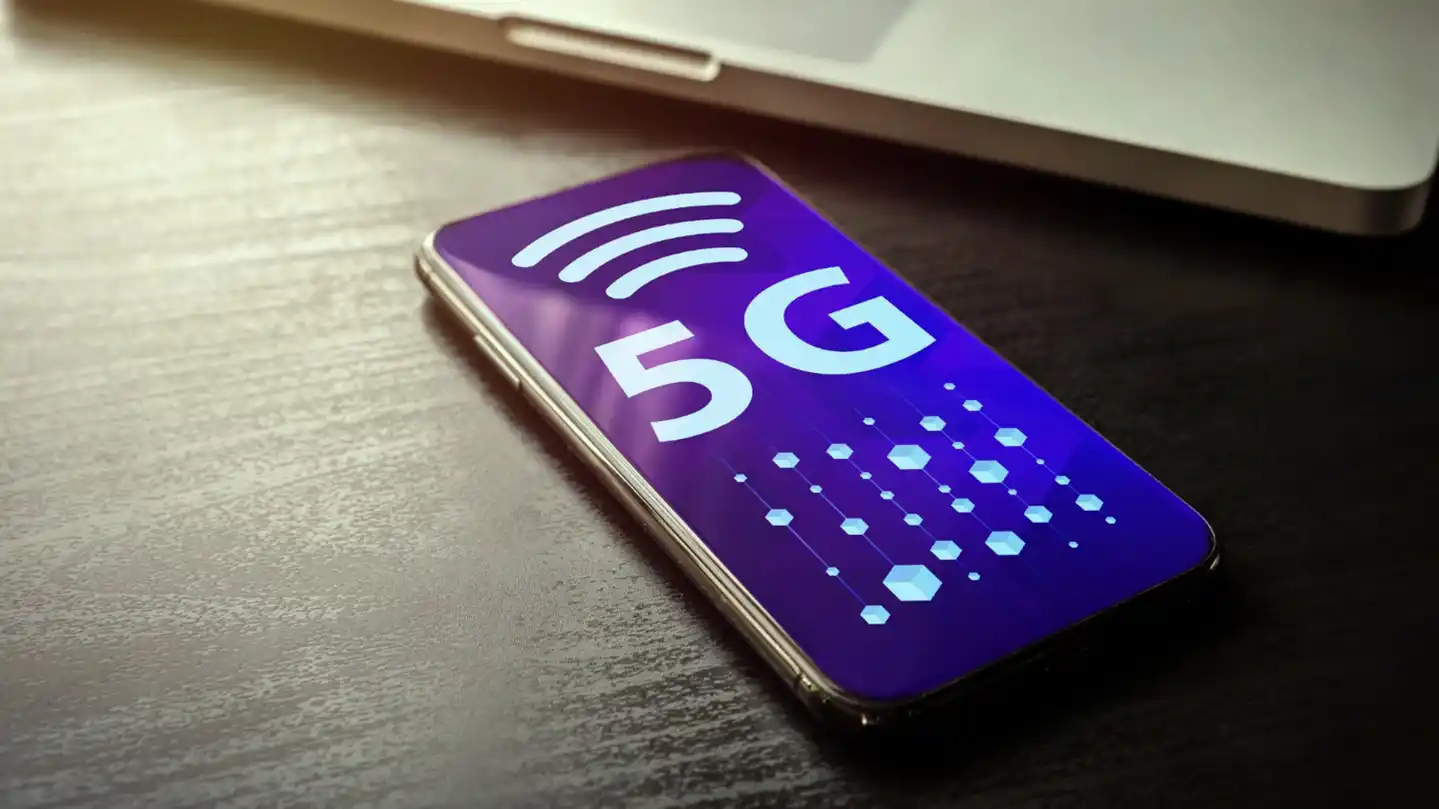
Latest Headlines
- Orange S.A. has launched a commercial 5G stand-alone (SA) network in Spain with the collaboration of Ericsson. The new 5G technology has a cloud-native dual-mode 5G Core that offers low latency, better modularity, dynamicity, automation capabilities, and advanced security features to its users.
- Qualcomm Technologies, Inc. has collaborated with Dell Technologies to develop a next-generation 5G vDU, combined with the Qualcomm X100 5G RAN Accelerator Card with commercial-grade Layer 1 software, to provide a high-performing, cost-effective, and energy-efficient solution for OEMs and operators deploying virtualized and Open RAN solutions.
- Nokia has developed 4G and 5G-optimised core network software solutions for the field and wide area network (FAN/WAN) and is expanding the portfolio range available to large, mission-critical enterprises, and governments.
Superfast Connectivity: Reshaping the Future of Industries
Healthcare: 5G technology provides real-time video streaming and low-latency communication that enhances telemedicine and remote patient monitoring, and it also allows doctors to perform remote surgeries and consultations from distant locations. Moreover, healthcare devices and wearables connect to 5G networks that provide real-time health data for patients.
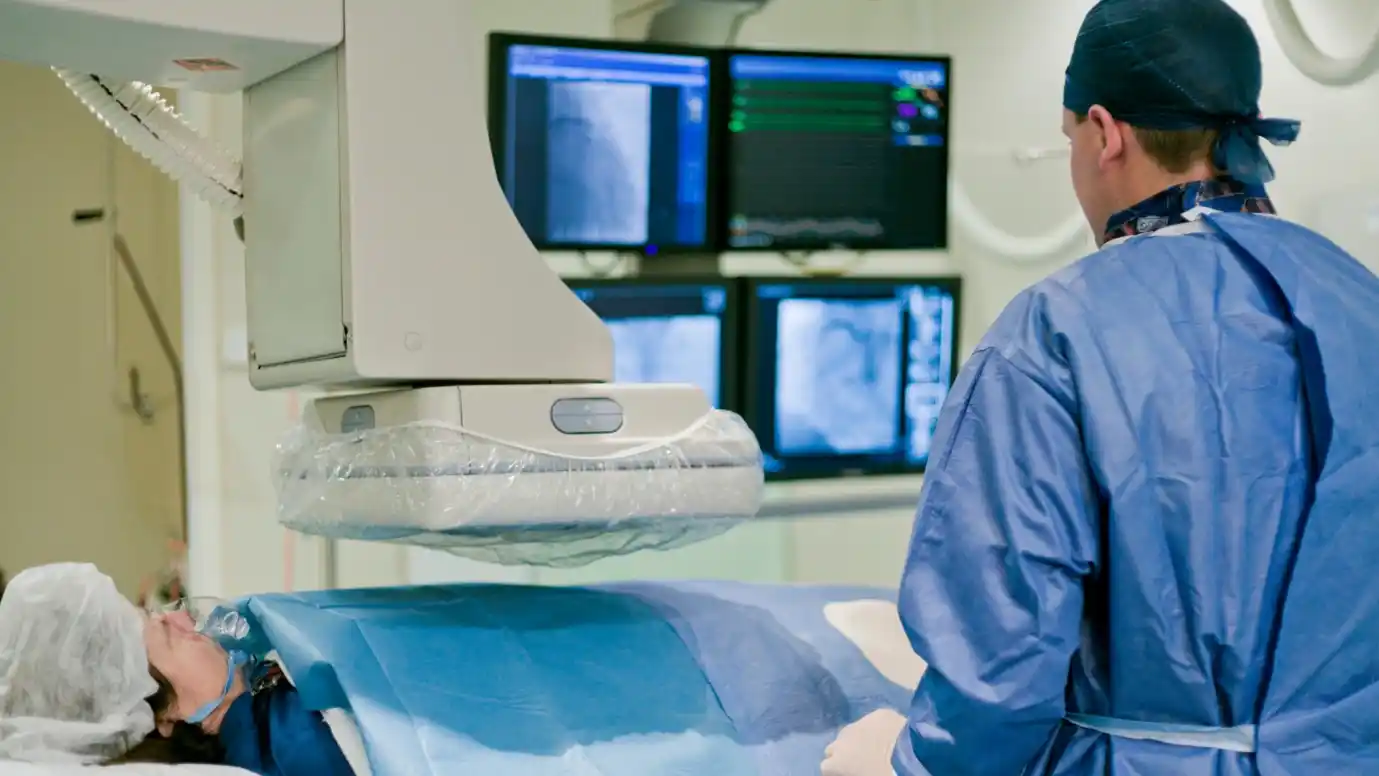
Manufacturing: 5G technology offers real-time monitoring and control of production processes at manufacturing sites that increase efficiency, reduce downtime, and enable predictive maintenance during the manufacturing process. The network enables the implementation of smart factories and industrial automation.

Transportation and Logistics: 5G technology improves road safety, reduces traffic congestion, and enables more efficient transportation. Moreover, it plays an essential role in the logistics sector by providing real-time tracking and monitoring of goods and optimizing routes and resources.

Media and Entertainment: It offers high-quality streaming of 4K and 8K videos with an immersive experience of virtual and augmented reality. Furthermore, 5G connectivity allows users to play games, watch live events, and interact with interactive content with minimal latency and buffering.

Agriculture: 5G networks allow using sensors, drones, and autonomous vehicles in agriculture to monitor crops, soil conditions, and livestock. It is transforming agriculture by introducing precision farming and smart agriculture practices.
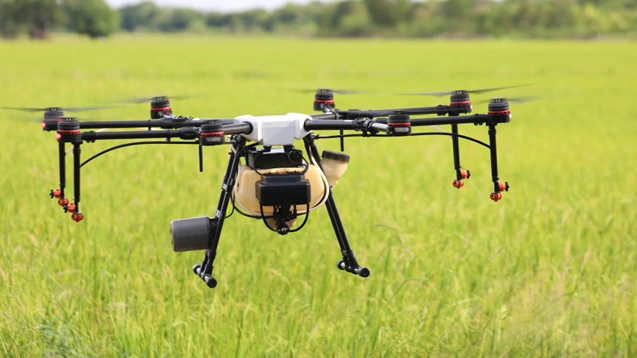
The Future of 5G Technology
The demand for 5G-enabled devices, such as smartphones, tablets, wearables, and smart home devices, is growing rapidly. The availability of affordable 5G-enabled devices will contribute to the growth of the market. Also, advancements in virtual and augmented reality, remote education and training, smart cities, connected vehicles, and precision agriculture will drive the adoption and growth of the 5G technology market. In addition to this, the COVID-19 pandemic has accelerated the adoption of remote work and telecommunication. 5G technology offers high-quality video conferencing and access to cloud-based applications that provide seamless remote work experiences. Remote work and telecommunications will continuously increase and significantly boost market growth in the forecast period.
At IMARC Group, we specialize in assisting companies through market research to identify the latest trends, business strategies, and product opportunities. We assist organizations in the 5G technology market in finding their target audience, their preferences, and purchasing behavior, and creating powerful marketing plans. We can assist by providing information on new technology launches, innovation, and recent trends and developments. We help businesses position themselves for long-term success and growth.
Contact Us
Have a question or need assistance? Please complete the form with your inquiry or reach out by emailing us on sales@imarcgroup.com.

